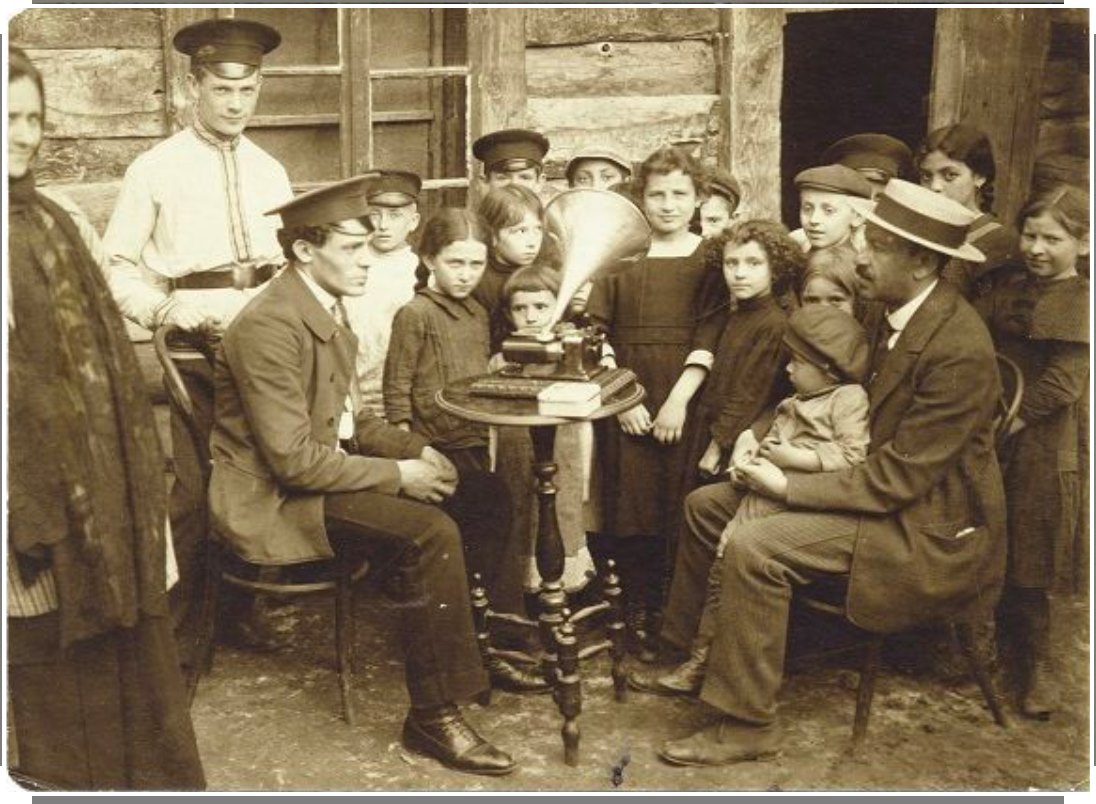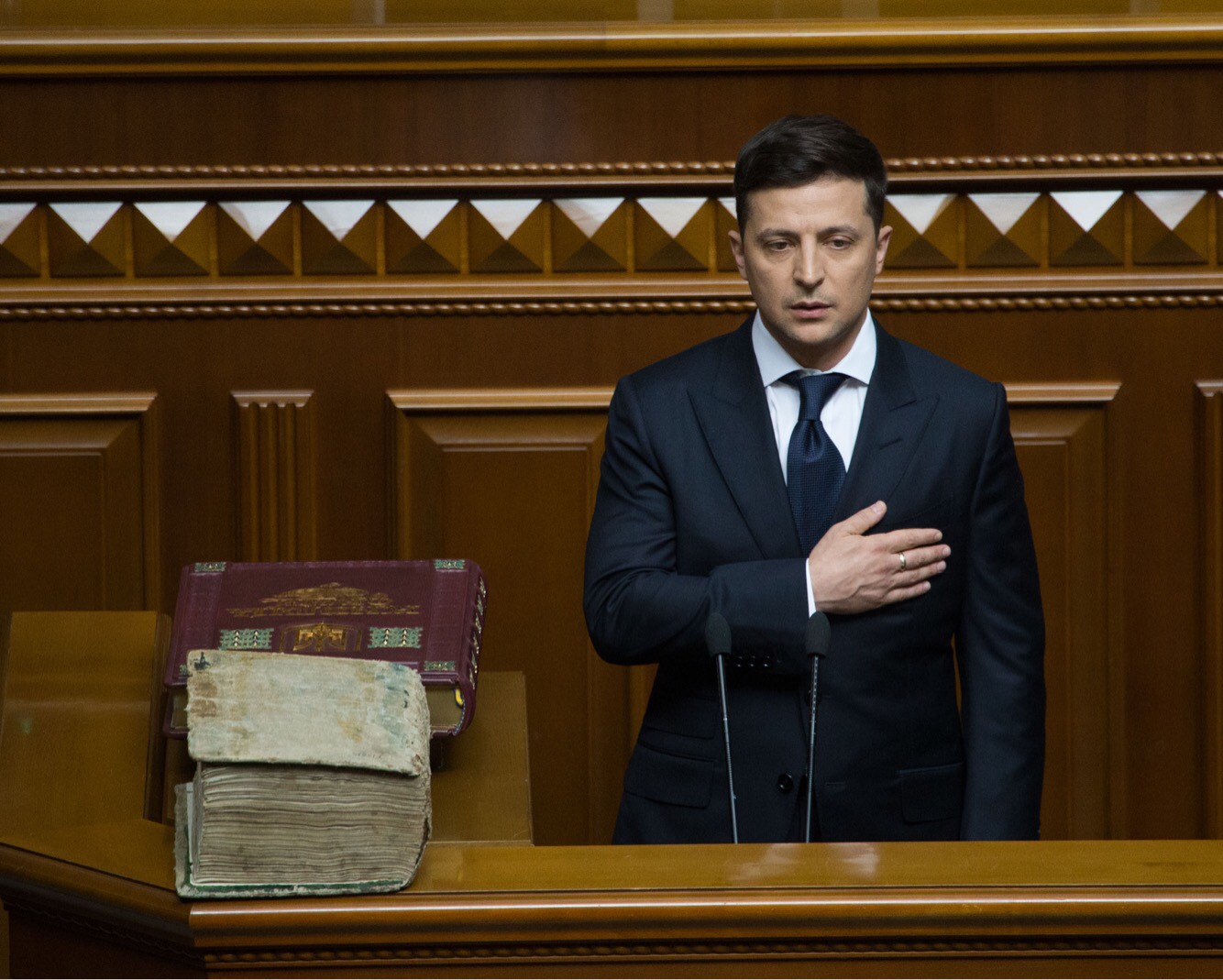|
V.I. Vernadsky National Library Of Ukraine
The Vernadsky National Library of Ukraine, VNLU ( uk, Національна бібліотека України імені В.І. Вернадського) is the main academic library and main scientific information centre in Ukraine, one of the world's largest national libraries. Its main building is located in the capital of the country – Kyiv, in the Demiivka neighborhood. The library contains about 15 million items. The library has the most complete collection of Slavic writing, archives of outstanding world and Ukrainian scientists and cultural persons. The holdings include the collection of the presidents of Ukraine, archive copies of Ukrainian printed documents from 1917, and the archives of the National Academy of Sciences of Ukraine. History The Vernadsky National Library of Ukraine was established on 2 August 1918 by Hetman Pavlo Skoropadskyi as the "National Library of the Ukrainian State" (''Natsionalna biblioteka Ukrayinskoyi Derzhavy''). On 23 August 1 ... [...More Info...] [...Related Items...] OR: [Wikipedia] [Google] [Baidu] |
Ukraine
Ukraine ( uk, Україна, Ukraïna, ) is a country in Eastern Europe. It is the second-largest European country after Russia, which it borders to the east and northeast. Ukraine covers approximately . Prior to the ongoing Russian invasion, it was the eighth-most populous country in Europe, with a population of around 41 million people. It is also bordered by Belarus to the north; by Poland, Slovakia, and Hungary to the west; and by Romania and Moldova to the southwest; with a coastline along the Black Sea and the Sea of Azov to the south and southeast. Kyiv is the nation's capital and largest city. Ukraine's state language is Ukrainian; Russian is also widely spoken, especially in the east and south. During the Middle Ages, Ukraine was the site of early Slavic expansion and the area later became a key centre of East Slavic culture under the state of Kievan Rus', which emerged in the 9th century. The state eventually disintegrated into rival regional po ... [...More Info...] [...Related Items...] OR: [Wikipedia] [Google] [Baidu] |
United Nations System
The United Nations System consists of the United Nations' six principal organs (the General Assembly, Security Council, Economic and Social Council (ECOSOC), Trusteeship Council, International Court of Justice (ICJ), and the UN Secretariat), the Specialized Agencies and related organizations. The UN System includes subsidiary bodies such as the separately administered funds and programmes, research and training institutes, and other subsidiary entities. Some of these organizations predate the founding of the United Nations in 1945 and were inherited after the dissolution of the League of Nations. The executive heads of some of the United Nations System organizations and the World Trade Organization, which is not formally part of the United Nations System, have seats on the United Nations System Chief Executives' Board for Coordination (CEB). This body, chaired by the Secretary-General of the United Nations, meets twice a year to co-ordinate the work of the organizations of t ... [...More Info...] [...Related Items...] OR: [Wikipedia] [Google] [Baidu] |
Cyrillic Script
The Cyrillic script ( ), Slavonic script or the Slavic script, is a writing system used for various languages across Eurasia. It is the designated national script in various Slavic languages, Slavic, Turkic languages, Turkic, Mongolic languages, Mongolic, Uralic languages, Uralic, Caucasian languages, Caucasian and Iranian languages, Iranic-speaking countries in Southeastern Europe, Eastern Europe, the Caucasus, Central Asia, North Asia, and East Asia. , around 250 million people in Eurasia use Cyrillic as the official script for their national languages, with Russia accounting for about half of them. With the accession of Bulgaria to the European Union on 1 January 2007, Cyrillic became the third official script of the European Union, following the Latin script, Latin and Greek alphabet, Greek alphabets. The Early Cyrillic alphabet was developed during the 9th century AD at the Preslav Literary School in the First Bulgarian Empire during the reign of tsar Simeon I of Bulgar ... [...More Info...] [...Related Items...] OR: [Wikipedia] [Google] [Baidu] |
Belarus
Belarus,, , ; alternatively and formerly known as Byelorussia (from Russian ). officially the Republic of Belarus,; rus, –Ý–µ—Å–ø—É–±–ª–∏–∫–∞ –ë–µ–ª–∞—Ä—É—Å—å, Respublika Belarus. is a landlocked country in Eastern Europe. It is bordered by Russia to the east and northeast, Ukraine to the south, Poland to the west, and Lithuania and Latvia to the northwest. Covering an area of and with a population of 9.4 million, Belarus is the List of European countries by area, 13th-largest and the List of European countries by population, 20th-most populous country in Europe. The country has a hemiboreal climate and is administratively divided into Regions of Belarus, seven regions. Minsk is the capital and List of cities and largest towns in Belarus, largest city. Until the 20th century, different states at various times controlled the lands of modern-day Belarus, including Kievan Rus', the Principality of Polotsk, the Grand Duchy of Lithuania, the Polish‚ÄìLithuanian Commonwealth, and t ... [...More Info...] [...Related Items...] OR: [Wikipedia] [Google] [Baidu] |
Memory Of The World Register
Memory is the faculty of the mind by which data or information is encoded, stored, and retrieved when needed. It is the retention of information over time for the purpose of influencing future action. If past events could not be remembered, it would be impossible for language, relationships, or personal identity to develop. Memory loss is usually described as forgetfulness or amnesia. Memory is often understood as an informational processing system with explicit and implicit functioning that is made up of a sensory processor, short-term (or working) memory, and long-term memory. This can be related to the neuron. The sensory processor allows information from the outside world to be sensed in the form of chemical and physical stimuli and attended to various levels of focus and intent. Working memory serves as an encoding and retrieval processor. Information in the form of stimuli is encoded in accordance with explicit or implicit functions by the working memory processor. T ... [...More Info...] [...Related Items...] OR: [Wikipedia] [Google] [Baidu] |
Sofia Magid
Sofia Magid ( ''Sofiya Davidovna Magid-Ékmekchi'', c. 1892-1954) was a Soviet Jewish ethnographer and folklorist whose career lasted from the 1920s to the 1950s. Among the materials she collected were folksongs of Volhynian and Belarusian Jews and among the only prewar field recordings of European klezmer string ensembles, as well as the music of Russians and other ethnic groups of the USSR. Although she was largely unknown abroad during her lifetime, in recent years she has been seen alongside Moshe Beregovski and other Soviet Jewish ethnographers as an important scholar and collector of Jewish music. Biography Early life Sofia Magid was born on September 22, 1892 or possibly on January 3, 1893 to a Jewish family in Saint Petersburg, Russian Empire. Her mother, Chana Tzivia (née Dorman) was a dentist and her father, David Gilelevich Magid, was a writer and librarian. Her grandfather Hillel Noah Maggid was a genealogist and historian. In 1909, Sofia graduated from secondary scho ... [...More Info...] [...Related Items...] OR: [Wikipedia] [Google] [Baidu] |
Moisei Beregovsky
Moisei Iakovlevich Beregovsky (russian: Моисей Яковлевич Береговский, yi, משה אהרן בערעגאָווסקי; 1892–1961) was a Soviet Jewish folklorist and ethnomusicologist from Ukraine, who published mainly in Russian and Yiddish. He has been called the "foremost ethnomusicologist of Eastern European Jewry".p.253 "A Fresh Look at Beregovski's Folk Music Research" by Mark Slobin. Ethnomusicology, Vol. 30, No. 2 His research and life's work included the collection, transcription and analysis of the melodies, texts and culture of Yiddish folk song, wordless melodies ( nigunim), East European Jewish instrumental music for both dancing and listening (klezmer music), Purim plays (Yiddish: פורים-שפיל / purim-shpil), and exploration of the relationship between East European Jewish and Ukrainian traditional music. Biography Early life Beregovsky was born into the family of a Jewish parochial primary school ( kheyder) teacher in the village of ... [...More Info...] [...Related Items...] OR: [Wikipedia] [Google] [Baidu] |
Susman Kiselgof
Susman (Zinoviy Aronovich) Kiselgof (, ; 1878 – 1939) was a Russian-Jewish folksong collector and pedagogue associated with the Society for Jewish Folk Music in St. Petersburg. Like his contemporary Joel Engel, he conducted fieldwork in the Russian Empire to collect Jewish religious and secular music. Materials he collected were used in the compositions of such figures as Joseph Achron, Lev Pulver, and Alexander Krein. Biography Kiselgof was born in Velizh, Vitebsk Governorate, Russian Empire, on March 15, 1878 (March 3 by the Julian Calendar then in use). He was the son of a Melamed. He studied at a Cheder and then at the Velizh Jewish College and at the Vilna Jewish Teacher's College in 1894. He never received a full musical education, but showed a natural ability to perceive pitch and learn new instruments. At age 11 he took violin lessons from a klezmer named Meir Berson, but was otherwise mostly self-taught. He began his efforts to collect Jewish folk music around 1902. ... [...More Info...] [...Related Items...] OR: [Wikipedia] [Google] [Baidu] |
Phonograph Cylinder
Phonograph cylinders are the earliest commercial medium for recording and reproducing sound. Commonly known simply as "records" in their era of greatest popularity (c. 1896–1916), these hollow cylindrical objects have an audio recording engraved on the outside surface, which can be reproduced when they are played on a mechanical cylinder phonograph. In the 1910s, the competing disc record system triumphed in the marketplace to become the dominant commercial audio medium. Early development In December 1877, Thomas Edison and his team invented the phonograph using a thin sheet of tin foil wrapped around a hand-cranked, grooved metal cylinder. Tin foil was not a practical recording medium for either commercial or artistic purposes, and the crude hand-cranked phonograph was only marketed as a novelty, to little or no profit. Edison moved on to developing a practical incandescent electric light, and the next improvements to sound recording technology were made by others. Fo ... [...More Info...] [...Related Items...] OR: [Wikipedia] [Google] [Baidu] |
Jewish Music
Jewish music is the music and melodies of the Jewish people. There exist both traditions of religious music, as sung at the synagogue and domestic prayers, and of secular music, such as klezmer. While some elements of Jewish music may originate in biblical times, differences of rhythm and sound can be found among later Jewish communities that have been musically influenced by location. In the nineteenth century, religious reform led to composition of ecclesiastic music in the styles of classical music. At the same period, academics began to treat the topic in the light of ethnomusicology. Edward Seroussi has written, "What is known as 'Jewish music' today is thus the result of complex historical processes". A number of modern Jewish composers have been aware of and influenced by the different traditions of Jewish music. Religious Jewish music Religious Jewish music in the biblical period The history of religious Jewish music spans the evolution of cantorial, synagogal, and ... [...More Info...] [...Related Items...] OR: [Wikipedia] [Google] [Baidu] |
Peresopnytsia Gospels
The Peresopnytsia Gospel ( uk, Пересопницьке Євангеліє, ''Peresopnytske Yevanheliie''), dating from the 16th century, is one of the most intricate surviving East Slavic manuscripts. It was made between 15 August 1556 and 29 August 1561, at the Monastery of the Holy Trinity in Iziaslav, and the Monastery of the Mother of God in Peresopnytsia, Volyn'. The scribe was Mykhailo Vasyl’ovych, son of an archpriest from Sianik, who worked under the direction of Hryhorii, the archimandrite of the Peresopnytsia Monastery. The manuscript is a Gospel Book containing only the four Gospels of the New Testament, and is ornamented with Glagolitic characters, which were influenced by the Italian Renaissance style. This is the first known example of a vernacular Old Ukrainian translation of the canonical text of the Scriptures. The Peresopnytsya Gospels are the best-known translations of canonical texts into the Old Ukrainian language. Luxuriously decorated under the ... [...More Info...] [...Related Items...] OR: [Wikipedia] [Google] [Baidu] |





